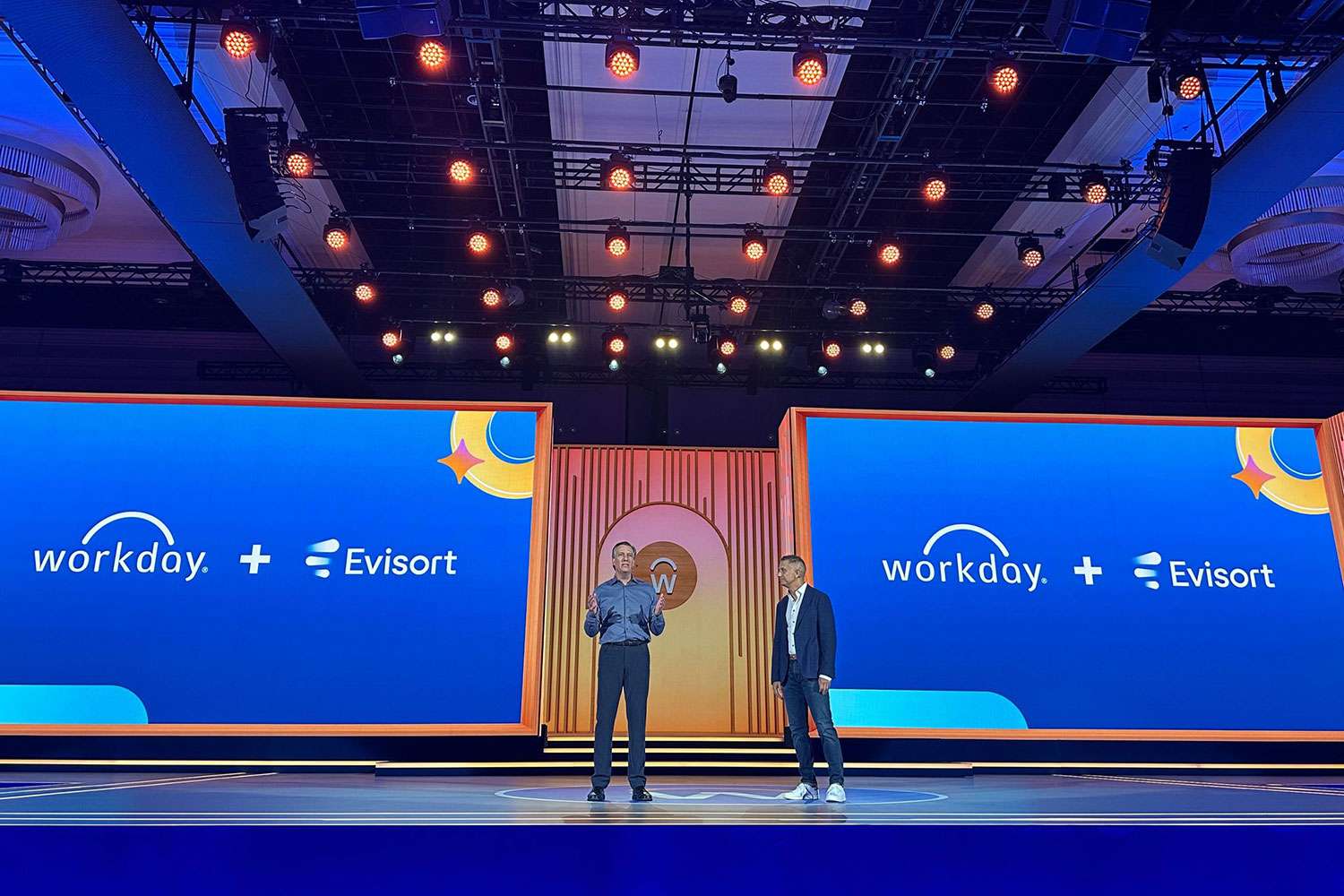The Beginner’s Guide to AWS System Consolidation

FFor various reasons, organizations end up with multiple, disparate business systems that do the same thing, or at least overlap with each other and AWS System Consolidation is a tool that can make life easier. As you might expect, the longer you stay in business, the more redundant systems you accumulate, whether by merger or acquisition, incomplete migrations to new systems, or for other reasons.
At some point, the cost of keeping multiple systems that serve the same purpose becomes more than it’s worth. At that point, it’s time to consolidate.
The trouble is that system consolidation is rarely easy. It’s particularly difficult when the systems are from different manufacturers or hosted on different platforms or have other incompatibilities. System consolidation is often a major project that requires close coordination with multiple stakeholders. The good news is that cloud services such as Amazon Web Services (AWS) can simplify the consolidation process.
The Advantages of Consolidating in the Cloud
If you’ve decided to take the leap and consolidate systems, why not just consolidate on a system you already have in your own on-premise data center?
In most consolidation projects, you will migrate certain types of data and leave other types behind. Taking enterprise resource planning (ERP) tools as an example, in most cases you will migrate master data, such as the product master, customers, vendors, chart of accounts, manufacturing master data, and certain others, depending on the nature of your business.
Master data migration will usually involve a data cleansing exercise to eliminate duplicates (e.g., customers that are represented in both systems) and bad data.
Transactional data, on the other hand, is almost never migrated. The cost of migrating transaction data is high, as is the risk of incorrect or incomplete migration. But you often will still need to have the transactions available for historical reporting and lookups, usually for several years after consolidation.
How do you keep that historical transaction data available? ERPA’s consultants recommend putting it in the cloud. You have a couple of options here:
- Use a service such as AWS Data Migration Service to transfer the data to its own database in the cloud.
- Move the data into an AWS-based data lake with other data sources.
In addition, if you combine AWS system consolidation with a cloud migration project for your target system, you can realize the benefits of the cloud and eliminate two (or more) on-premise systems, all in one fell swoop.
5 Key Benefits of AWS System Consolidation
Migrating business systems to the cloud carries numerous benefits and advantages over on-premise systems. Let’s look at how AWS system consolidation can help smooth your projects.
How do you end up in a situation where you have systems in need of consolidation? Every organization has its own story, but some common reasons include:
1. Mergers and Acquisitions
During integration it was determined that consolidating two ERP, CRM, HRIS, or other business systems wasn’t worth the effort and could be done “later.”
2. Partial Migrations
Sometimes an organization will migrate from one system to a new one, but certain processes could not be migrated to the new system for some reason. The old system thus hangs around and there’s not enough motivation to find a way to get out from under it.
3. New Capabilities
Sometimes technology providers come out with a new module that covers the business processes supported by one of your other systems. In this case it makes sense to consolidate. Although there often is significant organizational inertia preventing consolidation projects from getting off the ground, there are some important reasons to consolidate.
4. Maintaining Multiple Systems is a Pain
If you have more than one system supporting the same set of business processes, you are in for a number of headaches, such as:
- Inconsistent or incomplete reporting
- Maintenance issues, especially for older systems that are out of support or whose subject-matter experts have left the company
- Discrepancies among multiple “versions of the truth”
5. Keeping Multiple Systems is a Waste of Money
When you have more systems, you are paying more than once for the same things: not only redundant license maintenance but also ongoing hardware operating costs, operating system licenses, and more. At some point your finance team will start asking why the company is paying all these redundant costs, and it will suddenly become a priority to make the effort to consolidate.
ERPA Can Help Your AWS System Consolidation Project
Cloud migration can be a complex project, and adding a consolidation to the mix can make it more so. If it’s not something your organization has much experience with, don’t ask for trouble—ask for help.
ERPA’s AWS experts have long experience with both cloud migration projects and system consolidations. We know the best practices to use and the pitfalls to avoid, and we can design your cloud environment to maximize the benefits of the cloud while minimizing costs.
If you have reached the point where the costs and inconvenience of maintaining multiple systems outweigh the cost and effort of consolidating them. Let our experts help you find the right path for your AWS system consolidation.
Visit our dedicated ERPA contact page and submit a request for more information or call us directly at (614) 718-9222.































